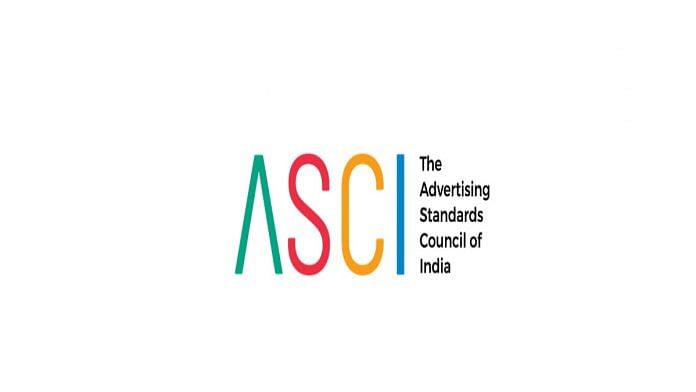New Delhi: Eighty per cent of consumers don’t notice video and digital advertising disclaimers and a third of them “could not understand the disclaimers clearly even after adequate exposure time had been provided”, a survey carried out by the Advertising Standards Council of India (ASCI), a self-regulatory organisation, has found.
According to the survey, the findings of which were released Tuesday, 62 per cent of respondents “felt that the disclaimer was excessively long”.
A disclaimer is a statement that declares that the content displayed is an ad and is paid for. This usually happens when firms or online influencers are promoting products or services.
Based on the findings of the survey, the ASCI last week updated its “Guidelines for Disclaimers made in supporting, limiting or explaining claims made in advertisements”.
Disclaimer guidelines have existed since 2016, but it was observed that “over-use of disclaimers made it difficult for consumers to understand all the information presented in the ad”, said Manisha Kapoor, CEO and secretary-general, ASCI.
“This is evident from our survey, where 80 per cent of consumers did not even notice the disclaimers,” Kapoor told ThePrint. “Hence, it is important that claims are crafted in a way that minimises the need for qualificatory disclaimers. Where disclaimers are needed, they should be presented in a manner that someone who is interested in reading them has the opportunity to do so.”
The amended ASCI guidelines state, among other things, that the use of disclaimers must be minimum.
Further, the ASCI’s Consumer Complaints Council — the body that monitors complaints — had, according to a statement released Tuesday, observed during meetings that “the frame of the advertisement that contains the disclaimer was very crowded, and distracted the viewer’s focus”.
“Long or otherwise complex disclaimers with large blocks of text and difficult words are a deterrent to viewers attempting to read the contents of the disclaimer,” the guidelines note.
For television commercials, the updated guidelines state that video advertisements “should be clearly readable to consumers” and that they “should be restricted to two full-length lines and remain on screen for more than 4 seconds for every line”.
The changes come in the backdrop of this month’s Ministry of Consumer Affairs rules for social media influencers, according to which the ministry could levy a hefty fine of up to Rs 50 lakh if an entity is found guilty of misleading users in any way.
Also read: All about Modi govt’s new draft rules for online gaming — KYC to skirting ‘skill vs chance’ debate
What are the existing guidelines?
The existing ASCI code states that “advertisements shall neither distort facts nor mislead the consumer by means of implications or omissions”.
It adds that “it is important that certain claims be appropriately explained to ensure that consumers with average intelligence are not misled, nor deceived by means of implications or omissions. These guidelines are meant to help Advertisers, Agencies and the Media to better understand the rules in the ASCI Code for Self-Regulation in Advertising in so far as they relate to disclaimers used in Advertising”.
The advertising guidelines also mention how disclaimers can “expand or clarify a claim, make qualifications, or resolve ambiguities” in order to explain claims in detail.
“(Disclaimers) should not contradict/modify the material claim made nor contradict the main message conveyed by the advertiser or change the dictionary meaning of the words used in the claim as received or perceived by a consumer,” the guidelines say.
In June last year, the advertising watchdog’s annual report for April 2021-March 2022 had highlighted that the ed-tech sector drew the maximum number of complaints from viewers on “misleading claims”.
(Edited by Nida Fatima Siddiqui)
Also read: India’s ed-tech is a predatory market. Modi govt can learn from UK, US



